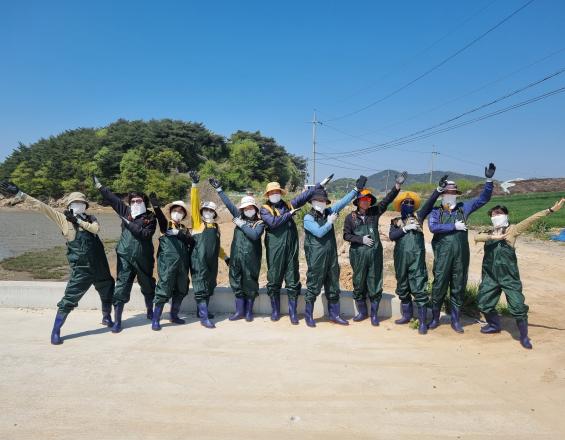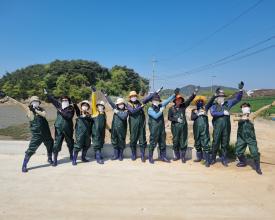
Eco-Friendly Salt Marsh Restoration Using Fishery By-Products

IPCC recognizes seagrass beds, salt marshes, and mangroves as the three primary blue carbon ecosystems. Taean National Park features a diverse coastal environment including salt marshes, coastal sand dunes, and seagrass beds. These habitats support a variety of species that are specially adapted to these environments. These areas are ecologically significant both as critical habitats and natural carbon sinks. However, ongoing coastal development and increasing visitors have led to continuous degradation and a reduction in their area due to human activities.
In the past, fishery by-products were classified as general waste. Improper disposal practices, including illegal dumping and uncontrolled accumulation along the coast, resulted in marine pollution, foul odors and decay. To address this issue, legislation was enacted to promote the recycling of fishery by-products. In line with this initiative, the park launched a pilot project to restore salt marshes and reinforce the coastline using recycled oyster shells.
Impacts
A total of 2,300 kg of oyster shells were used to restore an area of 500 m², and the installation of structures has been completed. Monitoring of terrain changes and vegetation re-establishment is currently underway. Structures made with oyster shell nets offer the advantages of high durability against wave energy and environmental friendliness, as they use marine-derived materials. Additionally, the project fosters collaboration between local volunteers and the national park to address community issues, while promoting the recycling of oyster shell waste as part of a sustainable resource management for fishery by-products. The Korea National Park Service is actively advancing eco-friendly restoration projects utilizing biodegradable materials and plans to expand these efforts to diverse marine environments, including salt marshes and coastal sand dunes.





